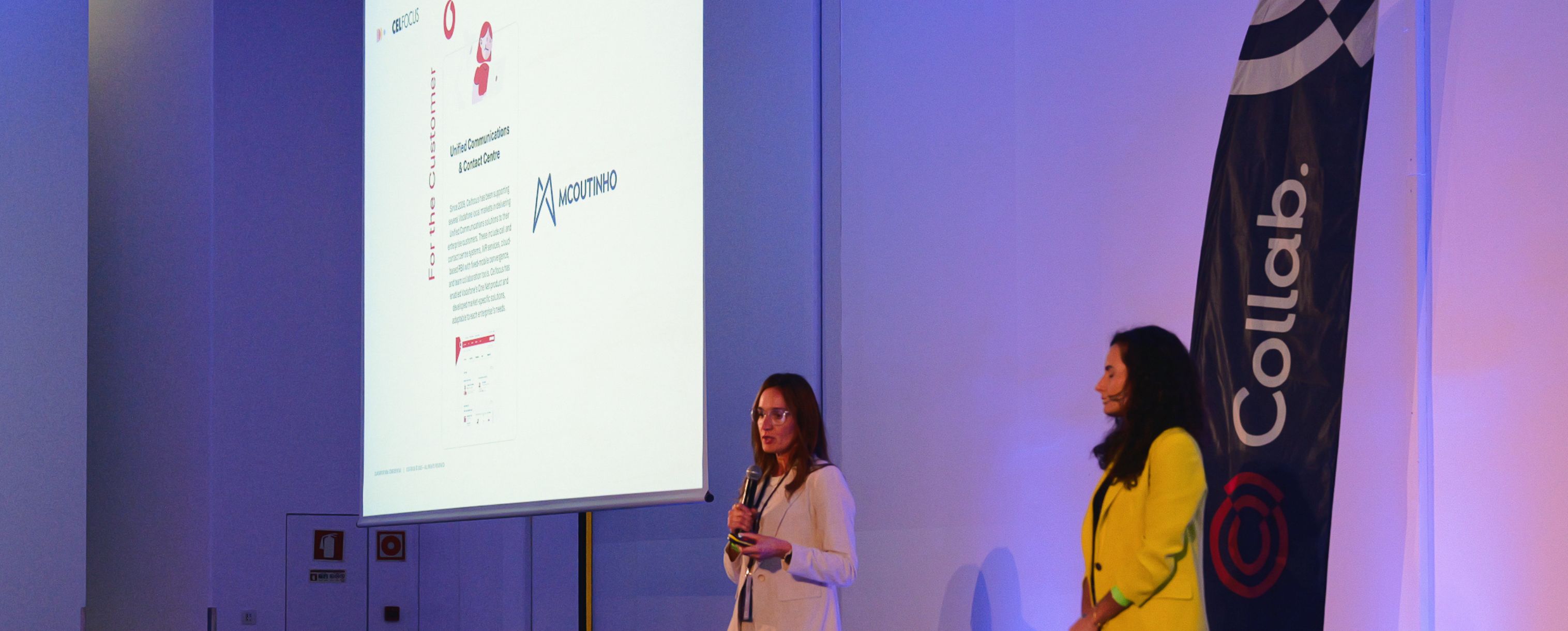|---Module:text|Size:Small---|
We have been witnessing an unravelling new way of thinking and working. This new way, may we call it the Digital Way, is revolutionising how companies use technology, adopting new ways of doing things and maximising their capabilities. We see recent trends, such as microservices, but also cloud, virtualisation and containerisation being used even more.
The “API Revolution” plays a vital role in this new Digital Way as it enables companies to develop applications that are not fully dependent of each other, which can be changed and maintained with ease and flexibility. This brings us to new IT Architectures, most notably the API-Centric Architecture.
API-Centric
API-Centric Architecture has its focus on a central component, the API Gateway. This API Gateway is responsible for unifying these APIs on one system, and even providing added capabilities, such as information security, API management and authorisation, throttling, caching and even API monetisation features.
|---Module:image|Size:Small---|

|---Module:text|Size:Small---|
What about the ESB?
… and the already existing systems that support the company’s business? All the existing integrations, many of them with older legacy systems, which exist within their current ESB-Centric Architecture? Does all that effort go to waste? Is the ESB turning obsolete?
Not at all! The famous Enterprise Service Bus is still crucial, since it is a mature model and can support and implement many new and legacy technologies. In the case of legacy systems, which may be uncapable of providing an API following SOAP or REST standards, the ESB can connect and use such systems and provide an API for them on the newest standards, abstracting much of the underlying complexity. Better yet, ESBs can expose such APIs using an API Gateway.
ESB and API Gateway, a Recipe for Success?
Now, a company is creating a new app or a new portal, based on microservices and APIs, which communicate with each other, and need to access information on already existing systems –maybe product stock information on an ERP or customer-related information on a CRM system –, and also additional information on an in-house system that cross-references with an internal database.
Using an API-Centric Architecture exclusively, you would have to expose all those systems capabilities through compatible APIs, and your in-house system and internal database would need to be changed to develop these new communication capabilities. That represents a lot of effort and increased risk for the business. Also, your company possibly already possesses integrations with those systems, all integrated in an ESB.
Maybe the best way to adapt your IT Systems to this new paradigm is to leverage the Integration power that an ESB already provides to your company, expose them through the Enterprise Gateway and make them available to your new microservices-based apps and portals. This approach greatly reduces the effort and the risk of adopting new technologies, makes it easy to use them with legacy systems and leverages the best of both worlds: the security, management and capabilities of an API Gateway; and the integration, orchestration and multi-system connectivity that an ESB offers.
With this, a company will be able to do what it does best: provide value to their customers, with a modern, digital experience.
|---Module:image|Size:Small---|

|---Module:text|Size:Small---|
Celfocus is a company with a large experience in integration, expertise in microservices and new API-oriented technologies. We help organisations embrace the new Digital Way with success.



















